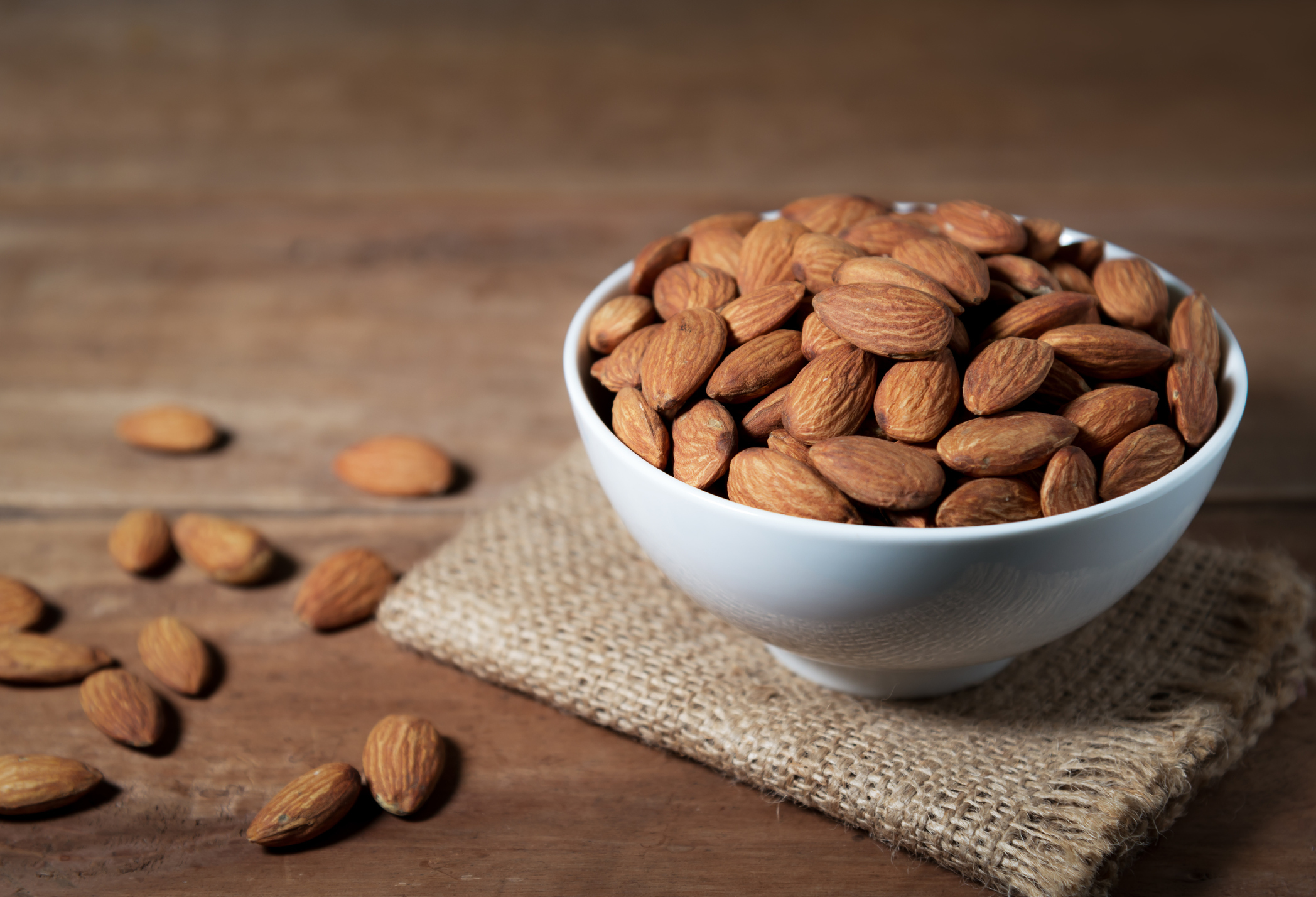



Researchers, working at UniSA, have newly developed an automated technique for grading almonds quality and also detecting any types of toxic materials. In the previous years, the worth of Australia’s almond crop was valued at over $1 billion. Moreover, it is now expected to expend over $1.5 billion in the upcoming year. The Australian almond growing conditions are the best they have ever been.
Given the local industry is now exporting to more than 50 nations, accurate and consistent grading of almonds is paramount, ensuring international markets can trust the Australian product. Traditionally, almonds have been graded manually, with samples taken hourly from production lines to check for consistency of appearance, chips and scratches, double kernels, insect and mould damage, and other defects. This process, however, is labour intensive, slow, and subjective, all of which can lead to inaccurate and inconsistent grading, particularly from season to season due to staff turnover.
In conjunction with industry partner SureNut, researchers at the University of South Australia have developed a machine that dramatically improves the accuracy of almond grading, in addition to detecting potentially fatal contaminants common in almond kernels.
Funded through the Cooperative Research Centres Projects program, a research team led by Associate Professor Sang-Heon Lee combined two high definition cameras, a hyperspectral camera and purpose-developed AI algorithms to create a system that can examine almond quality in far greater detail than the human eye.
The system can accurately assess physical defects such as chips and scratches and detect harmful contaminants, including the presence of aflatoxin B1, a potent carcinogen that may be implicated in more than 20 per cent of global liver cancer cases.
Article by: Hari Yellina (Orchard Tech)